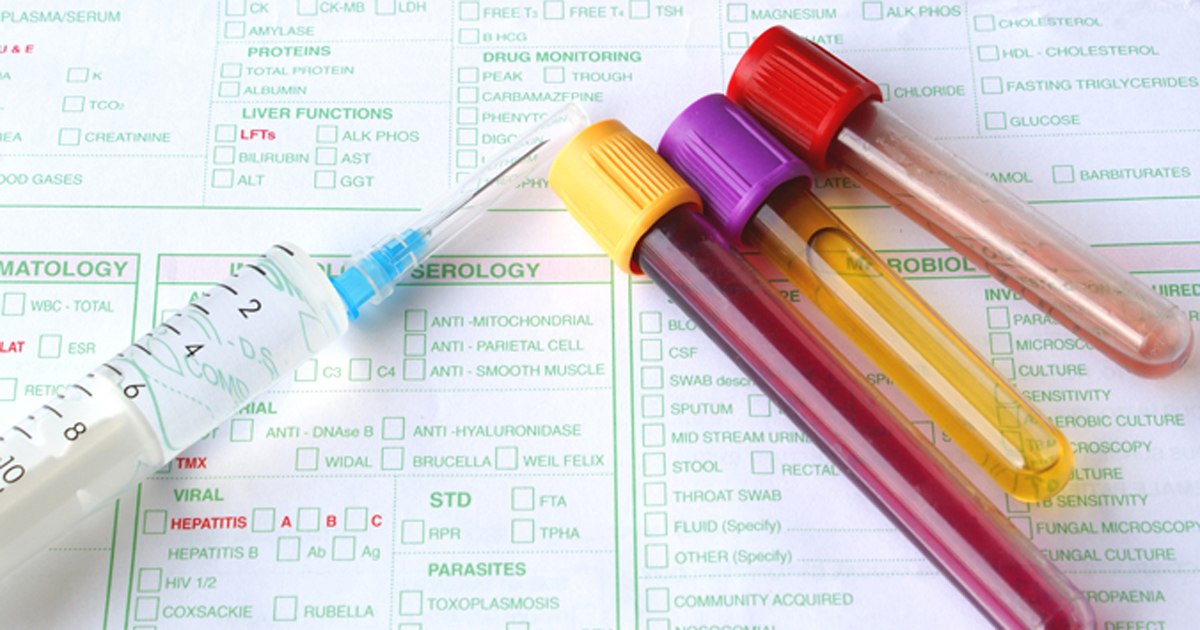Ambulatory glucose profile can help patients create personalized diabetes plan
Click Here to Manage Email Alerts
HOUSTON — Standardized continuous glucose monitoring metrics and time-in-range targets can help patients and diabetes care and education specialists work together to achieve agreed-upon goals and personalize glucose management decisions, according to two speakers at the American Association of Diabetes Educators annual meeting.

“CGM has the potential to transform glycemic management of diabetes,” Mary L. Johnson, RN, BS, CDE, director of clinical research at the International Diabetes Center at Park Nicollet in St. Louis, told Endocrine Today before her presentation. “We have very good CGM devices, standard CGM metrics, just-agreed-upon CGM targets and now a recommended way to organize and display CGM data called the ambulatory glucose profile, or AGP, report developed by the International Diabetes Center.”
The AGP, Johnson said, is a standardized, single-page glucose report with a summary of statistics, a glucose profile graph and glucose daily calendar graphs. Similar to an ECG for the heart, the AGP report is consistent regardless of the CGM device used, according to the International Diabetes Center. As Endocrine Today previously reported, the American Diabetes Association updated its Standards of Medical Care in Diabetes in July to incorporate an international consensus on time in range, endorsed by AADE, as well as the use of the AGP in diabetes management, Johnson said. The association added a table that outlines recommended metrics for CGM, which it noted can be a useful tool when used in combination with self-monitoring of blood glucose. The revised standards now incorporate a table that defines time in range as the percentage of time spent with blood glucose levels between 70 mg/dL and 180 mg/dL as well as an optimal glycemic variability target of no more than 36%. The ADA also advised physicians to utilize an AGP to “help the patient and the provider interpret the data and use it to guide treatment decisions.”

“Now that the stage is set with standard metrics, targets and display of data using AGP, it is time to use this data by utilizing the AGP report to personalize lifestyle and medication changes to improve care,” Johnson said.
The International Diabetes Center developed a provider and patient clinical guide to systematically analyze an AGP that advises getting patient input and feedback, leading to shared decision-making and a personalized plan, Johnson said.
“We have also developed a couple of quick management tips that both providers and people with diabetes can understand easily,” she said.
In the guide’s CGM metric section, Johnson said, the first mantra is “MGLR” — meaning more green, less red, or more time in range, less time spent in hypoglycemia. The second mantra, used upon reviewing the CGM profile, is “FNIR,” Johnson said, meaning “flat, narrow and in range,” to determine where action is needed.
“We feel a lot has been missed by not going back and having patients look at their patterns,” Johnson said during the presentation.
People with diabetes who review their CGM profiles often become more motivated to make positive changes and consider adding or changing medications, Nancy Waldbillig, RDN, LD, CDE, program manager at the International Diabetes Center, said during the presentation.
“People are changing their behaviors,” Waldbillig said. “They see what is happening with their glucose as they use their CGM. Even if they add a pump later, they have already learned so much.”
Still, not every person with diabetes will want to use a CGM full time, Waldbillig said. For these patients, particularly those with a high HbA1c who are not testing, a diabetes educator may want to recommend professional CGM, such as the FreeStyle Libre Pro CGM system (Abbott) or Dexcom G4 Platinum Professional, to capture data during a 2-week period, she said.
“I like this especially for some of my patients on premixed insulin,” Waldbillig said. “They may not want to deal with that technology, and you can’t see what is happening overnight. That’s when I really like to see 2 weeks with something like the Libre Pro.
“The standardized targets can really help our patients and us work together to do shared decision-making,” Waldbillig said. “Those graphs really help us to have great conversations and help them decide, personally, what do they want to do. Because it is their story, not our story. We want them to have the outcome that they want.” – by Regina Schaffer
Reference:
Johnson ML, et al. S01. Presented at: American Association of Diabetes Educators; Aug. 9-12, 2019; Houston.
Disclosures: Johnson reports she has received research grants or consultant fees paid to her institution from Abbott, Dexcom, Medtronic, Novo Nordisk and Sanofi. Waldbillig reports no relevant financial disclosures.

